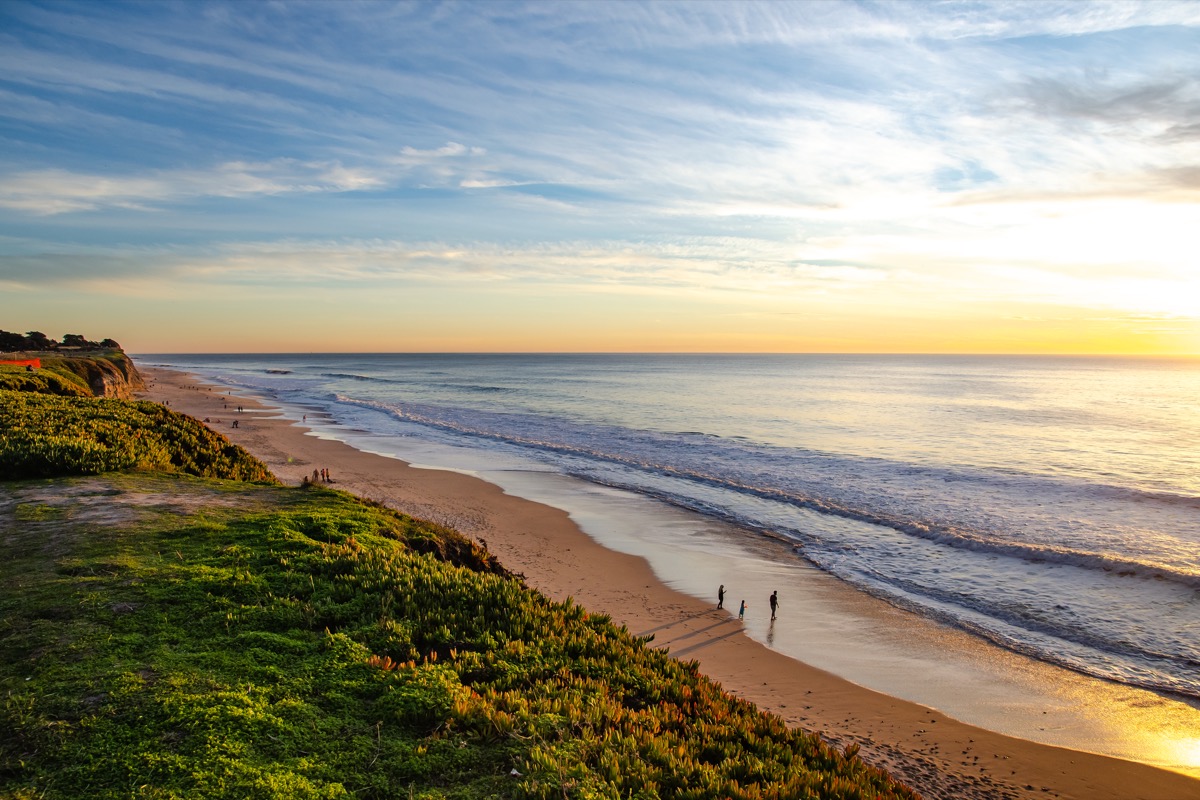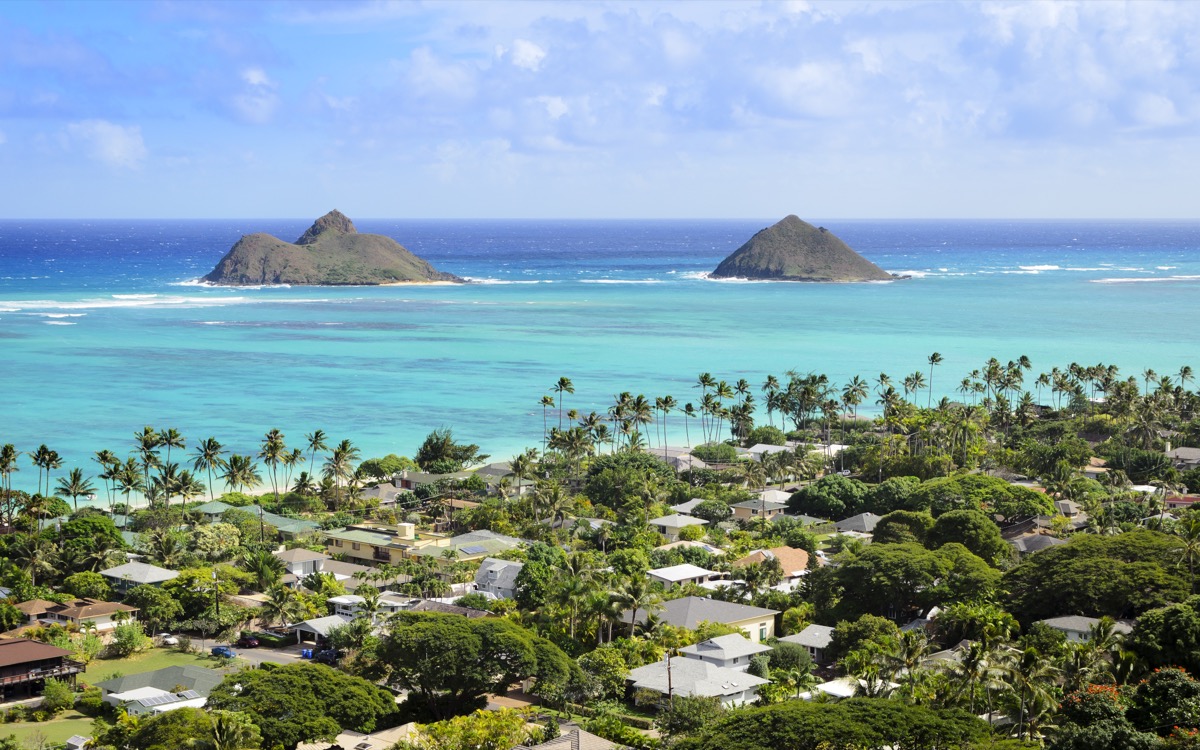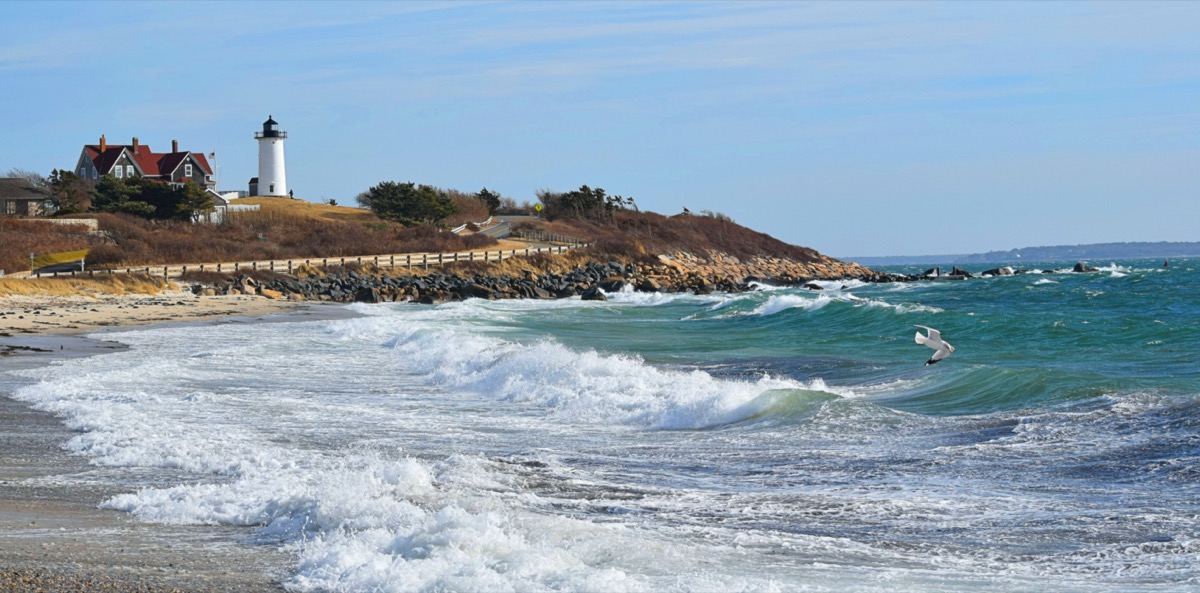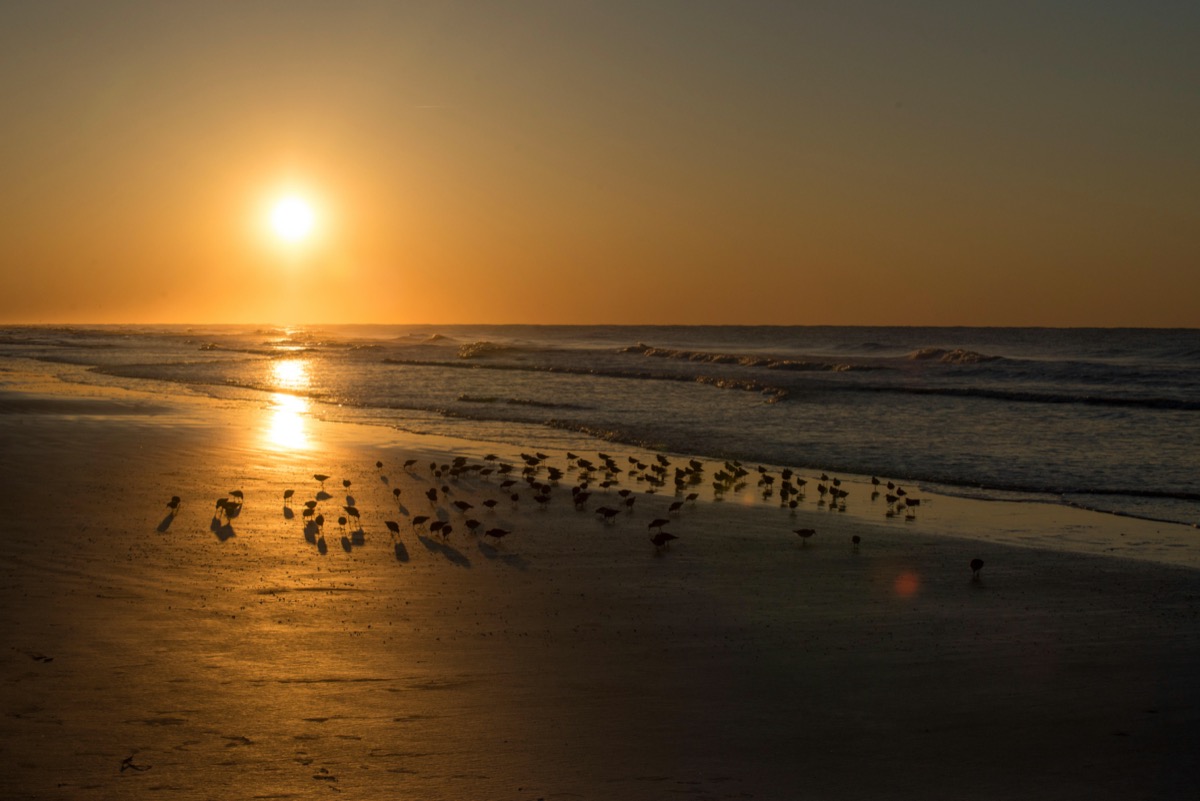RELATED: If You Live in These States, Brace Yourself for More Copperhead Snakes. A recent study published in the journal Biological Conservation used a model to predict how the great white shark population will trend in California. The researchers expect that there could be an increase in great white sharks off the central coast of the state, specifically in an area called the “red triangle,” which begins in Bodega Bay, extends to Farallon Islands, and ends just south of Monterey Bay. The area earned its name because those three areas create a sideways triangle, and the red refers to all the seal blood in the water from shark attacks, Salvador Jorgensen, PhD, a senior research scientist at Monterey Bay Aquarium, told KQED. “This is the area with the highest concentration of white sharks in the northeastern Pacific probably,” Jorgensen said. The study predicts that there are a little less than 300 sharks residing in the red triangle region, but Jorgensen noted that great white sharks are often found outside the red triangle and even along the coastline as well. The increase in great white sharks is likely due to a rise in their main food source, marine mammals, such as seals. These sharks grow up to 20 feet, can weigh in at 2,000 pounds, and live for 70 years, reports Good Morning America. Study co-author Taylor Chapple, PhD, told Good Morning America, “Each year about 60 percent of the sharks that we saw were animals that we knew from previous years, so it showed us that they had a real fidelity to these areas and that they’re consistently coming back.” In anticipation of the potential increase in sharks in California to come this season, be sure to stay aware of your surroundings and swim in groups. RELATED: If You Live in These States, Prepare for a Rat Infestation, Experts Warn. Hawaii is another state that has to worry about great white sharks. Just a few weeks ago, a shark swam over to a six-year-old girl playing on the beach in Oahu. Her mother even captured a video of the shark cruising in the shallow water. Less than five miles away and just one day apart, a 14-year-old boy, Parker Blanchette, was bitten by a shark while surfing and required more than 100 stitches. He told Fox 59 that the bite felt like a “punch” to his leg. Clark Abbey, the beach lifeguard supervisor where Blanchette was bitten, told Fox 59 there’s a notable increase in sharks during this time “because they’re trying to give birth to their pups.” He added that if you see a shark in the water, you should respect it and surf another day. A 2014 study published in the journal PLoS ONE used various records from over 200 years to understand the patterns of great white sharks on the East Coast. Researchers found that the sharks primarily appear between Massachusetts and New Jersey during the summer, and this year, Cape Cod, Massachusetts is preparing. Cape Cod Times reports that the number of both sharks and seals has been continually increasing since federal regulations were put in place to combat the depletion of the animals due to hunting and fishing. While the outlet notes that sharks and seals are important in “maintaining a healthy oceanic ecosystem,” the region also understands the danger they can pose to local swimmers and surfers. Ahead of the holiday weekend, acoustic receivers have been strategically placed off the coast of Cape Cod that will detect tagged sharks and report them on The Atlantic White Shark Conservancy’s Sharktivity app to alert beachgoers. According to the Boston Herald, 118 individual sharks were detected last year that made up a total of 134,631 detections. A recent study published in Wildlife Research found that great white sharks of Cape Cod and Nantucket spend almost half of their time at depths of 15 feet or less. Experts warn that if you notice seals off the coast of Massachusetts, you should avoid getting in the water that day as more seals could mean more sharks, according to NPR. RELATED: For more up-to-date information, sign up for our daily newsletter. Sharks can be found swimming by many coasts in the U.S. In 2020, Florida reported the most shark attacks in the world, according to the University of Florida’s International Shark Attack File. In addition to California and Hawaii, there were also shark attacks reported in North Carolina, Alabama, Delaware, Maine, Oregon, and South Carolina last year.ae0fcc31ae342fd3a1346ebb1f342fcb The International Shark Attack File also reports that 61 percent of shark attacks occurred while someone was surfing or doing another board sport. Another 26 percent happened when the victim was swimming or wading into the water. RELATED: If You Live Here, Prepare for a Mosquito Invasion Like You’ve Never Seen.



